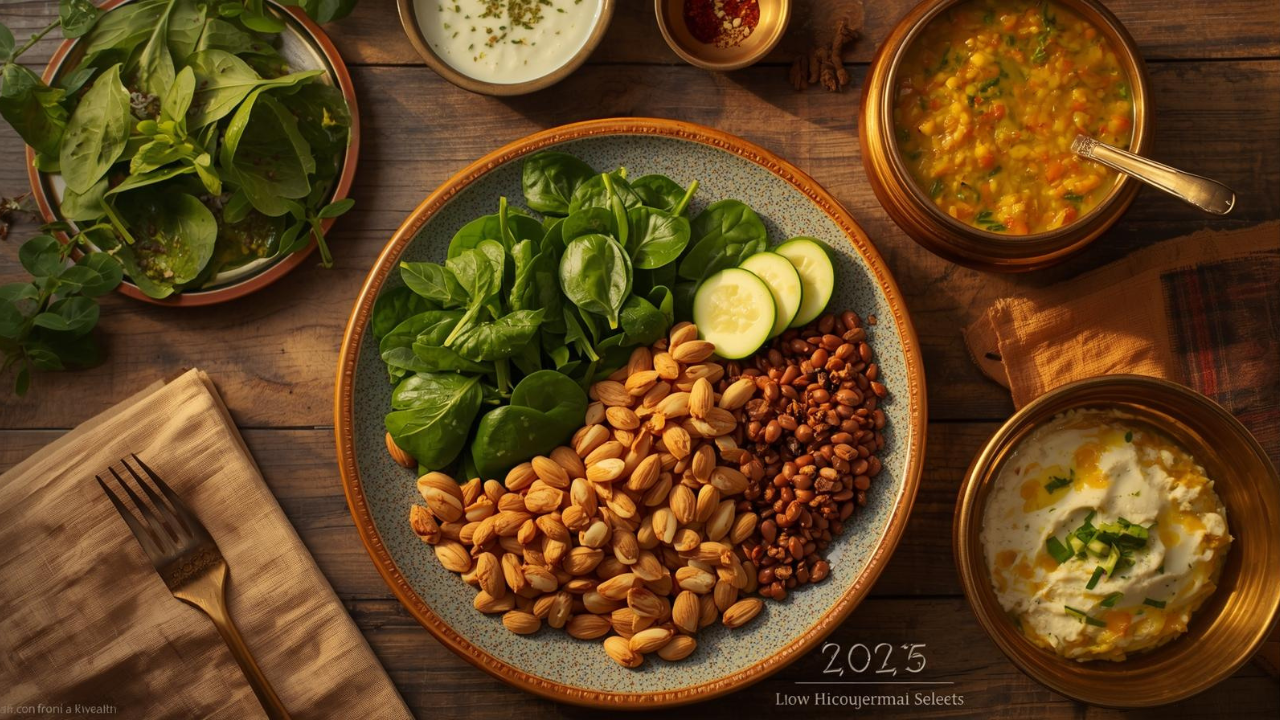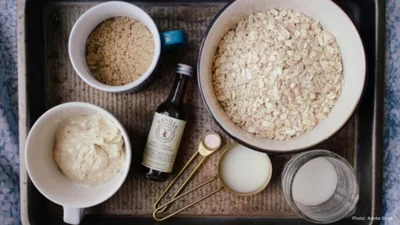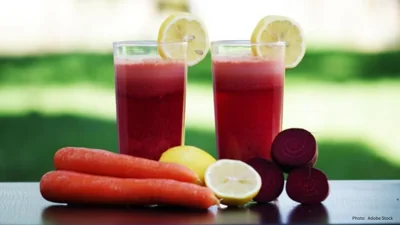
Post by : Shivana Rahim
As of October 26, 2025, 19:06AM IST, the quest for clear, healthy skin has taken center stage in global wellness trends, with dietary interventions gaining unprecedented attention. Acne, a condition affecting millions worldwide—including a significant portion of India’s youthful population—has long been linked to hormonal imbalances, stress, and genetics. However, emerging research in 2025 highlights a powerful connection between diet and acne, particularly the role of low-glycemic foods. This comprehensive guide, inspired by a recent X post from @food_health_joy (October 24, 2025), dives into how foods like almonds, spinach, lentils, and zucchini can transform your skin health while aligning with regional Indian dietary preferences and acid reflux relief needs.
Acne vulgaris, characterized by pimples, blackheads, and cysts, results from clogged pores, excess sebum production, and inflammation. Traditionally, treatments focused on topical creams and medications, but recent studies suggest diet plays a pivotal role. The glycemic index (GI), which measures how quickly foods raise blood sugar, has become a key focus. High-GI foods—such as white rice, sugary snacks, and refined carbs—trigger insulin spikes, increasing insulin-like growth factor-1 (IGF-1) levels. This hormone stimulates sebaceous glands, leading to oily skin and acne flare-ups.
A 2022 systematic review published on PMC (PubMed Central) analyzed multiple studies and found that high-glycemic diets correlate with worsened acne severity, particularly in adolescents and young adults. Fast forward to 2024, a Cureus study reported a 25-30% reduction in inflammatory lesions among women aged 15-35 after 12 weeks on a low-glycemic load diet. These findings, resonating with the current date’s health discourse, underscore the shift toward nutrition as a preventive strategy.
In India, where dietary habits blend traditional staples with modern influences, the relevance is striking. The rise in processed foods has paralleled an increase in acne cases, prompting a return to whole, low-GI options. This guide leverages these insights, offering science-backed solutions tailored to Indian lifestyles.
Low-glycemic foods are those with a GI value of 55 or less, causing gradual blood sugar increases rather than sharp spikes. The GI scale, developed by researchers in the 1980s, ranges from 0 to 100, with pure glucose at 100. Foods like almonds (GI 0), spinach (GI <15), lentils (GI ~25), and zucchini (GI <15) fall into this category, making them ideal for stabilizing insulin levels and reducing acne triggers.
Beyond skin health, these foods offer multifaceted benefits. High fiber content in lentils and spinach supports gut health, a 2023 EatingWell article linking it to reduced inflammation and improved insulin sensitivity—crucial for diabetes management, a growing concern in India. Antioxidants in almonds and spinach combat oxidative stress, while their nutrient density supports cardiovascular health. As 2025 wellness trends emphasize holistic nutrition, low-GI diets align perfectly with the move away from restrictive “diet culture,” as noted in a January 2025 Forbes article by Sam Cutler.
Let’s explore the stars of the @food_health_joy infographic:
These foods’ low GI values ensure minimal insulin response, reducing IGF-1 and sebum production. Their nutrient profiles also address acid reflux, a common comorbidity, by avoiding irritants like spicy or fatty foods.
The evidence is robust. The 2022 PMC review analyzed 12 studies, concluding that low-glycemic diets improve acne by 20-40% compared to high-GI diets, with effects most pronounced in males. The 2024 Cureus study, involving 43 participants, used a diet with 25% protein and 45% low-GI carbs, showing significant lesion reduction and enhanced insulin sensitivity. These findings suggest nutrition-related lifestyle changes could reshape acne management, though further research is needed to isolate weight loss effects.
A Mayo Clinic article from August 2025 reinforces this, noting low-GI diets’ potential for long-term metabolic health. However, limitations include individual variability and the need for consistent adherence, challenges addressed later in meal planning sections.
Indian cuisine offers a treasure trove of low-GI recipes, adaptable for acne and acid reflux relief. Here are three options, inspired by a January 2025 Reddit thread on r/IndianFood:
Preparation Tips: Use minimal oil, avoid chili, and opt for steamed or boiled methods. Serve warm (not hot) to prevent reflux aggravation. These recipes, low in GI and anti-inflammatory, align with 2025’s focus on whole foods, per Forbes.
As of October 2025, the shift toward low-glycemic diets offers a promising, evidence-based path to acne relief and overall wellness. By integrating almonds, spinach, lentils, and zucchini into your diet—enhanced with Indian recipes—you can address skin health while managing acid reflux. Start small, consult experts, and embrace this holistic trend. Share your journey in the comments or on X—let’s inspire a healthier 2025 together!










Traffic Control Measures Announced for A.R. Rahman Concert at IGI Stadium
Delhi Traffic Police introduces measures near IGI Stadium for A.R. Rahman's concert on Saturday even

Kim Woo-bin and Shin Min-a Tie the Knot After a Decade Together
Actors Kim Woo-bin and Shin Min-a celebrated their marriage in an intimate ceremony in Seoul, markin

Rohit Sharma Set to Play Initial Matches in Vijay Hazare Trophy for Mumbai
Rohit Sharma joins Mumbai’s squad for the opening two Vijay Hazare Trophy matches, spearheaded by Sh

Flight Disruptions at King Khalid International Airport
Friday's operations at King Khalid Airport in Riyadh were hampered by delays and cancellations due t

Kavem Hodge Achieves Second Test Century Against New Zealand
Kavem Hodge's unbeaten century leads West Indies to 381-6, evading follow-on against New Zealand in

Security Heightened in Bangladesh Following Youth Leader's Assassination
In response to the murder of youth leader Sharif Osman Hadi, Bangladesh elevates security measures a